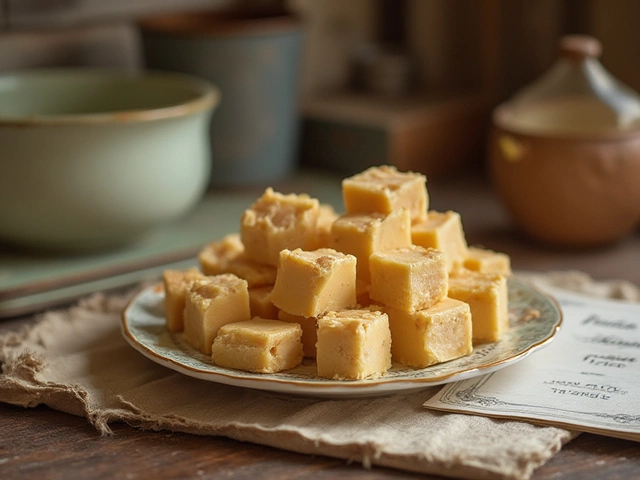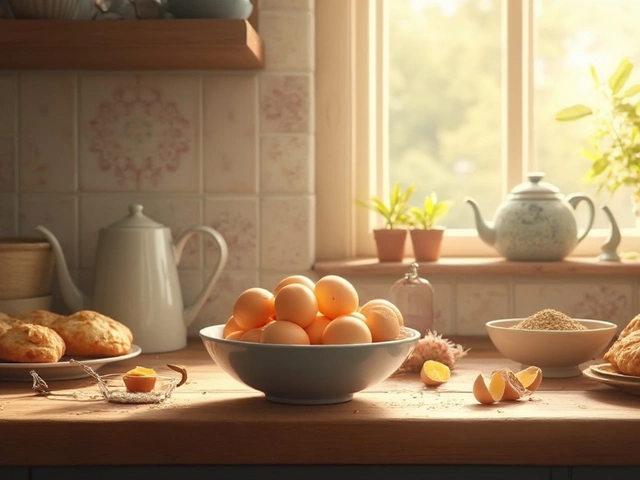King Cake: History, Recipes & Decorating Tips
If you’ve ever seen a colorful, twirly cake at a Mardi Gras party, you’ve probably spotted a king cake. It’s not just a dessert; it’s a celebration wrapped in pastry, sugar, and a hidden surprise. In this guide we’ll break down where the cake comes from, how to bake a classic version at home, and quick tricks to give it a modern twist.
What Is a King Cake?
A king cake is a ring‑shaped sweet that originated in France and traveled to New Orleans with French colonists. The cake represents the three‑wise men who brought gifts to baby Jesus, so it’s traditionally baked for Epiphany in early January. The dough is usually a soft, brioche‑like bread, flavored with cinnamon, and glazed with purple, green and gold sugar—those colors stand for justice, faith and power. Inside the cake hides a tiny plastic baby; the person who finds it is said to have good luck for the year.
How to Make a Classic King Cake at Home
Start with a basic brioche dough: mix warm milk, yeast, sugar, eggs, melted butter and a pinch of salt. Let it rise until doubled, then punch it down and shape it into a long rope. Fold the rope into a circle and let it rise again, about 30 minutes. While it’s proofing, melt butter and brush it over the surface, then sprinkle a mix of cinnamon and brown sugar. Bake at 350°F (180°C) for 20‑25 minutes until golden.
While the cake bakes, prep the glaze. Combine powdered sugar with a splash of milk or water, then divide into three bowls. Add a few drops of purple, green and gold food coloring to each. When the cake is out of the oven, drizzle the three colors over the top in a swirling pattern. For a modern look, swap the traditional icing for chocolate ganache or fondant, then add edible glitter.
Don’t forget the baby! Hide the plastic figure under the glaze before serving, or place it in a small plastic bag to keep it safe. If you’re serving a crowd, bake two smaller cakes instead of one big one—people love picking the baby from a bite‑size treat.
Storing the cake is simple: wrap it loosely in foil and keep it at room temperature for up to two days. For longer life, freeze it unglazed, then thaw and add the glaze when you’re ready to serve.
Want a twist? Try a chocolate‑cocoa brioche, add toasted nuts to the filling, or swap the traditional cinnamon for pumpkin spice in the fall. The basic shape stays the same, so you can experiment without losing the classic feel.
Whether you’re baking for a Mardi Gras party, a baby shower, or just a fun family night, a king cake brings a story and a surprise to the table. The hidden baby adds a playful element that gets everyone talking, and the bright colors make the cake a centerpiece without extra effort.
Give it a try this season. With a few pantry staples, a bit of patience, and the simple steps above, you’ll have a delicious king cake that looks as good as it tastes. Enjoy the tradition, share the surprise, and watch your friends scramble for that hidden treasure.






